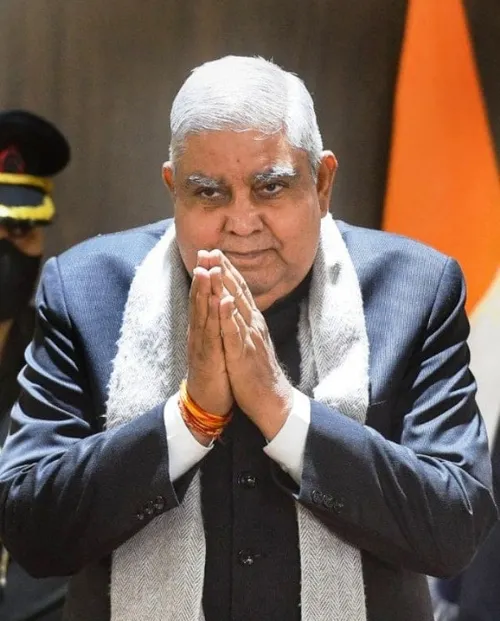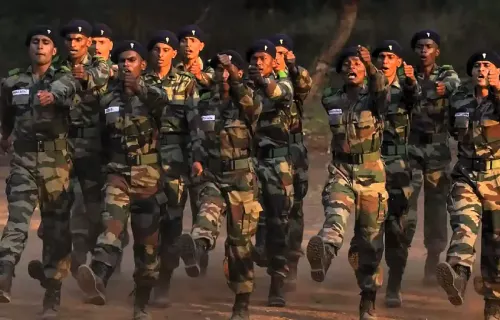A NITI Aayog study projects domestic food demand to grow at about 2.5 per cent annually until 2047, while agricultural output could grow at 3-4 per cent. This surplus must be absorbed through exports, which currently account for just 6-7 per cent of agri-output value.
The National Agricultural Research, Extension and Education System (NAREES), led by ICAR and State Agricultural Universities (SAUs), has helped achieve self-sufficiency in foodgrains and milk.
Yet trade remains a missing link in our agri-research system. A scan of ICAR and SAU projects reveals a focus on productivity traits — yield, resistance, drought tolerance — while market signals, export standards, and consumer preferences receive scant attention.
Compliance Gap
Despite our large research network, India struggles with compliance in high-value markets.
UNIDO data (HS Chapters 1–23) show that Australia, the EU, and the US rejected 3,553 Indian consignments from 2020-22 — far more than Vietnam (789) and Thailand (702). Most rejections cited pesticide residues, antibiotics, fungal toxins, and other SPS violations.
Good Agricultural Practices (GAPs) must reflect both domestic needs and international standards. Misalignment can be costly. Consider chlorpyrifos — a pesticide banned in the EU, UK, Canada, and Argentina but still approved for some crops in India.
In early 2025, the EU issued 18 alerts on Indian cumin, coriander, fennel, and mangoes with chlorpyrifos residues. Even rice, where it is approved, faced alerts for exceeding limits.
This reflects systemic failure. If chlorpyrifos is still in GAPs, non-compliance is institutionalised. If not, its use reveals weak extension and enforcement. What’s “good” domestically may no longer suffice globally. Our research and extension systems have been slow to adapt, leaving farmers unprepared for shifting standards.
Global markets demand more than food safety — consumer tastes, packaging, and labelling matter too.
For instance, in the EU and US, low-fibre mangoes with Brix levels under 16 per cent are preferred. Most Indian varieties are high-fibre and high-Brix (>20 per cent) — great for domestic markets, but ill-suited for export.
Varietal research must align with overseas demand for exports.
India’s 730+ KVKs focus mainly on local concerns — pests, rainfall, sowing — not export advisories on MRLs, certifications, or traceability. Private exporters and firms fill some gaps, training farmers on compliance.
But efforts are patchy. A public-private model is needed to expand scale and reach.
At the core of this disconnect lies outdated education. Trade, value chains, non-tariff barriers, and food safety standards barely figure in agri-curricula. The lone UG course on marketing and trade skips evolving global rules. Some PG programmes in agribusiness offer exposure, but most disciplines stay disconnected from trade concerns.
The result: students aren’t taught trade because faculty were never trained, and researchers stay focused on production due to limited exposure to trade issues.
Contrast this with land-grant universities in the US or Wageningen in The Netherlands, where trade and sustainability are central to education and research. Ironically, India’s SAUs were modelled on the US system but haven’t kept pace.
Some changes are underway — such as posting agricultural scientists in Indian Embassy to support export policy, initiated under past ICAR leadership. Current leadership is also focused on aligning research with global trade demands, but deeper reforms in NAREES are essential.
Three urgent steps
Rethink research: Launch export-focused programmes with exporters and trade bodies — on compliance, differentiation, and value addition.
Upgrade extension: Enable KVKs to issue export advisories — on MRLs, SPS norms, certifications, and global trends.
Revise education: Add global trade, SPS/TBT norms, and market intelligence to curricula. Train faculty and foster global linkages.
Export-led agricultural growth is more than an farm income booster—it’s a strategic pathway to position India as a global food leader. If agriculture is to power India’s growth, the institutions that power agriculture must first be modernised. For a Viksit Bharat, rebooting NAREES is imperative.
The writer is an Agricultural Economist at ICAR Agri Education Division. Views expressed are personal
Published on June 14, 2025
Anurag Dhole is a seasoned journalist and content writer with a passion for delivering timely, accurate, and engaging stories. With over 8 years of experience in digital media, she covers a wide range of topics—from breaking news and politics to business insights and cultural trends. Jane's writing style blends clarity with depth, aiming to inform and inspire readers in a fast-paced media landscape. When she’s not chasing stories, she’s likely reading investigative features or exploring local cafés for her next writing spot.






